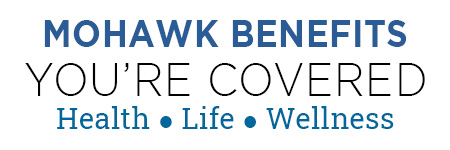Ultraviolet (UV) Safety Awareness

July is Ultraviolet (UV) Safety Awareness Month. This is a good time to learn about UV radiation and the effects that exposure to UV radiation has on the body, as well as ways to protect yourself and prevent sunburns, sun damage, and skin cancer.
UV radiation is a form of invisible radiation that comes naturally from the sun’s rays. UV radiation can also be used in an artificial form in tanning beds and sunlamps, and less commonly in certain types of lights and lasers. While UV radiation offers some benefits, such as Vitamin D, overexposure can lead to health risks to the skin and eyes, such as sunburn, skin cancer, and eye diseases such as cataracts and macular degeneration.
There are three different types of UV rays: Ultraviolet A (UVA), Ultraviolet B (UVB), and Ultraviolet C (UVC). UVA rays are the most prevalent UV radiation because they are not absorbed by the ozone layer. UVA rays penetrate deeply into the skin. They can cause premature aging of the skin, fine lines, and wrinkles and play a role in some skin cancers. UVA rays are consistent throughout the year, even on cloudy days.
UVB rays are partially absorbed by the ozone layer and atmosphere but some still reach the surface. The intensity of UVB rays fluctuates over time, with the strongest UVB rays occurring from late-morning to mid-afternoon from spring to fall. However, damage can still occur from exposure year round. UVB rays penetrate the outer layers of the skin, causing damage to skin cells. UVB rays are the main case of sunburn, thickening of the skin, and most skin cancers such as melanoma. UVB rays can also damage the eyes and immune system.
Skin cancer is the most common type of cancer in the United States and in the world. 1 in 5 Americans will develop skin cancer by age 70. Prolonged exposure to UV rays increases your risk for skin cancer, including carcinomas and melanoma (the most deadly form of skin cancer).
You can protect yourself from UV rays and lower your risk of getting sunburns and developing skin cancer by using sunscreen. Sunscreen works by preventing UV rays from penetrating the skin in different ways. Other prevention strategies include limiting time in the sun, staying in the shade, not using tanning beds or booths, wearing a sunhat and sunglasses outdoors, and covering your skin with long sleeves and pants.
Check out this article and short video from the Center for Disease Control on Sun Safety.
